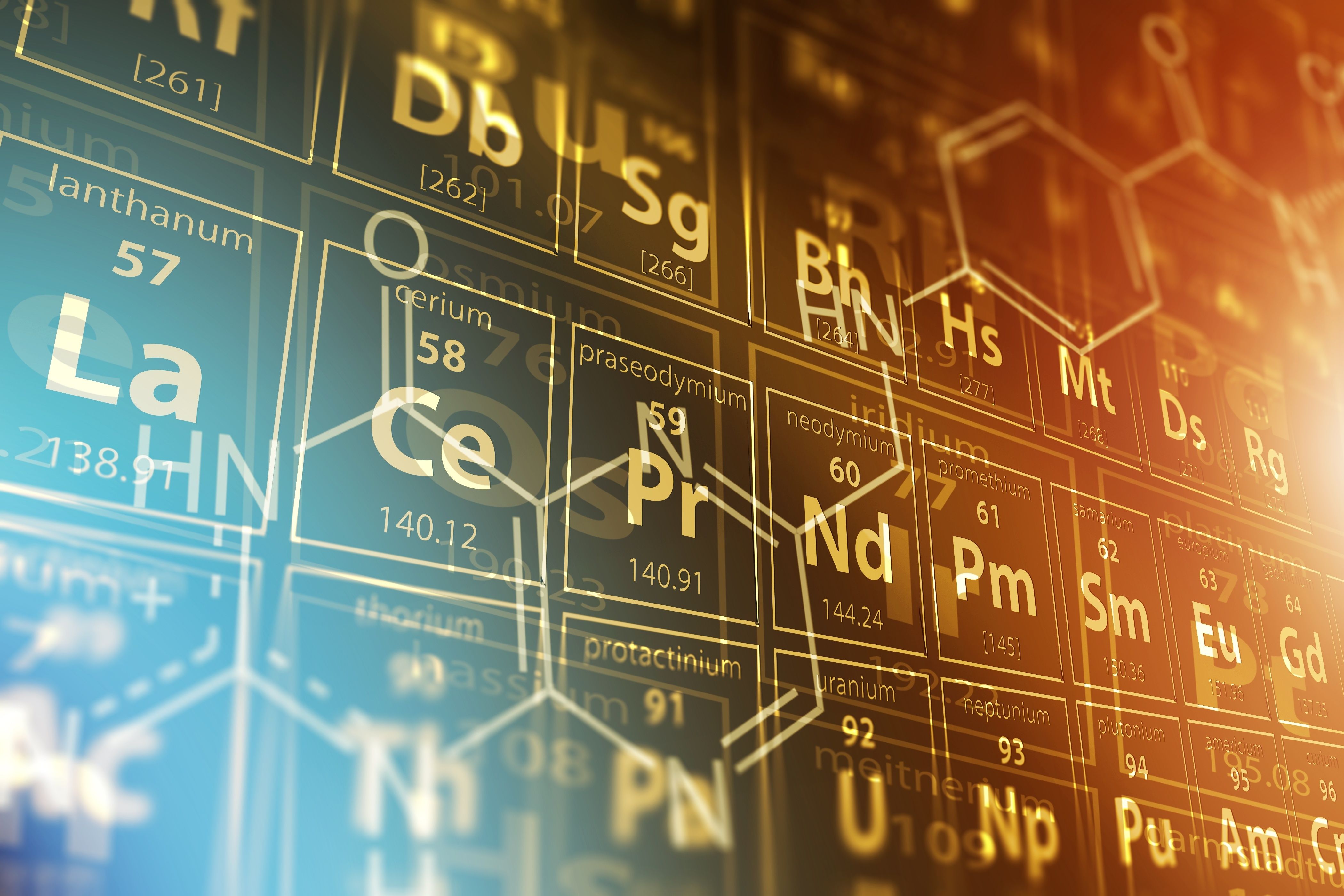Elemental Fractionation in Aerosol Laser-Induced Breakdown Spectroscopy: Insights for Atmospheric Radiation Plume Tracking
Scientists have investigated elemental fractionation in aerosol laser-induced breakdown spectroscopy (LIBS) using nanosecond and femtosecond laser ablation. Their study focused on analyzing cesium atomic emissions from airborne nanoparticles in a binary particle matrix. The findings shed light on the influence of the particle matrix on elemental fractionation effects and provide insights for improving LIBS analysis in atmospheric radiation plume tracking.
To enhance atmospheric radiation plume tracking, scientists have employed laser-induced breakdown spectroscopy (LIBS) to investigate the elemental fractionation in aerosol samples using nanosecond and femtosecond laser ablation (1). Specifically, they focused on characterizing the atomic emissions of cesium (Cs) from airborne nanoparticles within a binary particle matrix. To simulate multi-element nuclear fallout particulates, Cs and sodium (Na) solutions were combined with copper (Cu) at a 1:1.45 M concentration ratio and aerosolized for analysis. Surprisingly, the findings unveiled that while Na I resonance emissions were amplified, Cs I resonance emissions were diminished in the presence of Cu, despite their comparable electronic and chemical properties. The application of femtosecond laser ablation mitigated the elemental fractionation effects by more than 50% while maintaining the temporal fractionation trends for Cs and Na. Further investigations using aluminum (Al) and titanium (Ti) aerosols shed light on the underlying mechanisms of elemental fractionation, highlighting the influence of the particle matrix on the local plasma temperature, atomic state populations, and subsequent molecular associations and emissions.
Periodic Table Science | Image Credit: © Tomasz Zajda - stock.adobe.com

Elemental fractionation in aerosol LIBS refers to the phenomenon where the relative concentrations of elements in aerosol particles influence the emitted atomic spectra during laser ablation. This effect can be observed when using nanosecond and femtosecond laser ablation techniques. Research conducted on this topic involves studying the atomic emissions of elements such as Cs and Na in the presence of different aerosol matrices, revealing changes in their resonance emissions due to the presence of other elements like Cu. Femtosecond laser ablation has been found to reduce elemental fractionation effects by more than 50% while maintaining consistent temporal fractionation trends. This research contributes to a better understanding of elemental fractionation and its implications for aerosol LIBS applications.
This research, conducted by Kyle S. Latty and Kyle C. Hartig at the University of Florida in Gainesville, and published in the journal Spectrochimica Acta Part B: Atomic Spectroscopy, provides valuable insights into the elemental fractionation phenomena observed in aerosol LIBS (1). By understanding the factors contributing to the variations in atomic emissions, scientists can advance the development of laser-based analytical techniques for tracking atmospheric radiation plumes. The ability to accurately characterize and quantify elemental compositions in aerosols is of paramount importance for environmental monitoring, nuclear safety, and related fields. These findings pave the way for improved methodologies in LIBS analysis and contribute to our understanding of the complex interactions between aerosol particles and laser-induced plasmas, ultimately facilitating more accurate and reliable detection and characterization of airborne contaminants.
Reference
(1) Latty, K. S.; Hartig, K. C. Elemental fractionation in aerosol laser-induced breakdown spectroscopy with nanosecond and femtosecond laser ablation. Spectrochimica Acta Part B: At. Spectrosc. 2023, 202, 106648. DOI: 10.1016/j.sab.2023.106648
Laser Ablation Molecular Isotopic Spectrometry: A New Dimension of LIBS
July 5th 2012Part of a new podcast series presented in collaboration with the Federation of Analytical Chemistry and Spectroscopy Societies (FACSS), in connection with SciX 2012 — the Great Scientific Exchange, the North American conference (39th Annual) of FACSS.